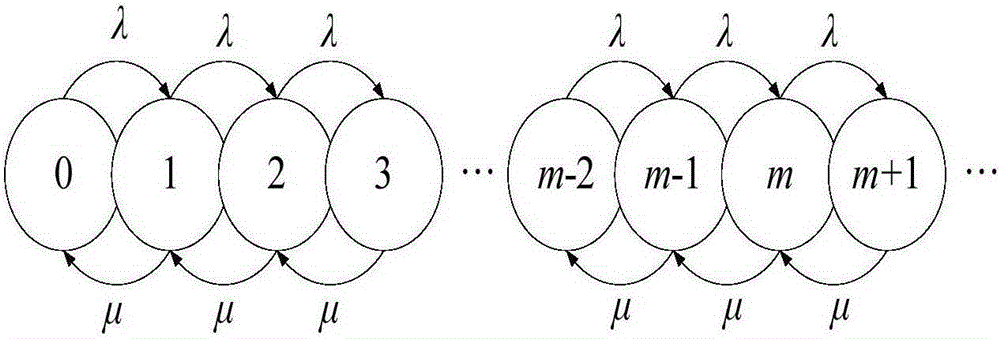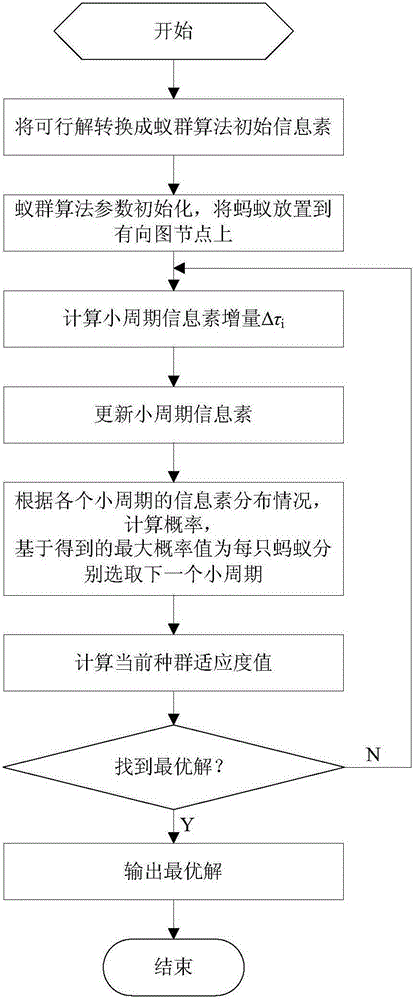1553B bus message transmission optimization method based on hybrid genetic algorithm
A hybrid genetic algorithm and message transmission technology, applied in the field of 1553B bus message transmission optimization based on hybrid genetic algorithm, can solve problems such as bus congestion or saturation, failure to solve dynamic load balancing of messages, low algorithm execution efficiency, etc. The ability of the message, the mitigation of congestion and saturation, the effect of solving the bus load balancing
- Summary
- Abstract
- Description
- Claims
- Application Information
AI Technical Summary
Problems solved by technology
Method used
Image
Examples
Embodiment Construction
[0023] In order to make the purpose, content, and advantages of the present invention clearer, the specific implementation manners of the present invention will be further described in detail below in conjunction with the accompanying drawings and embodiments.
[0024] In order to improve the real-time performance of 1553B bus message transmission and reduce the communication delay rate of the bus, this paper proposes an optimization method for 1553B bus message transmission with improved genetic algorithm, including the following steps:
[0025] 1. Establish a mathematical model of 1553B bus message transmission based on queuing theory
[0026] The transmission process of messages on the 1553B bus can be regarded as a queuing system with one server and one queue. The model is an M|M|1 queuing model. For the model incidence of this queuing system see figure 1 , where the number in the circle represents the state of the queuing system, then it can be known that the queuing sy...
PUM
 Login to View More
Login to View More Abstract
Description
Claims
Application Information
 Login to View More
Login to View More - R&D
- Intellectual Property
- Life Sciences
- Materials
- Tech Scout
- Unparalleled Data Quality
- Higher Quality Content
- 60% Fewer Hallucinations
Browse by: Latest US Patents, China's latest patents, Technical Efficacy Thesaurus, Application Domain, Technology Topic, Popular Technical Reports.
© 2025 PatSnap. All rights reserved.Legal|Privacy policy|Modern Slavery Act Transparency Statement|Sitemap|About US| Contact US: help@patsnap.com



